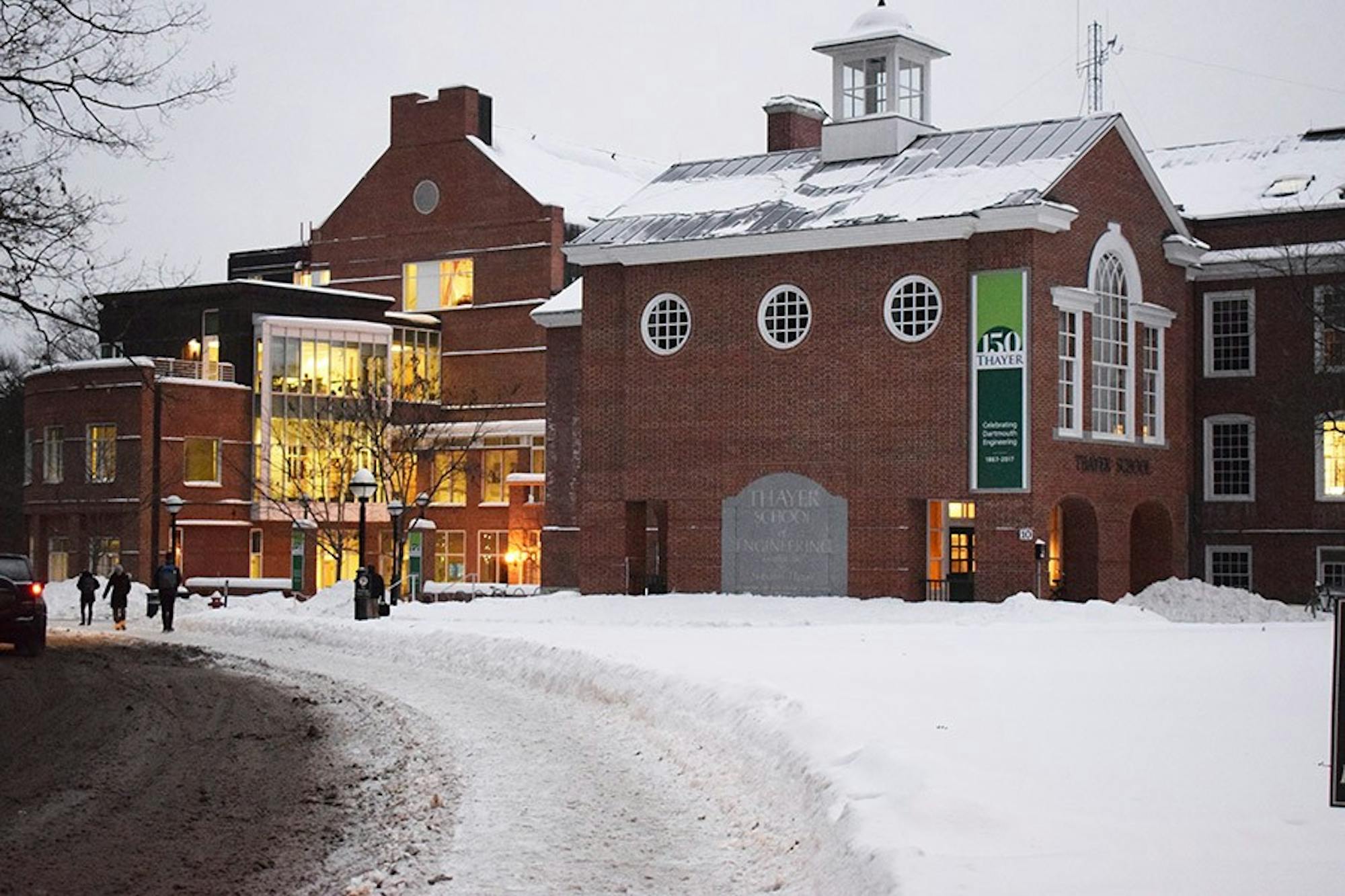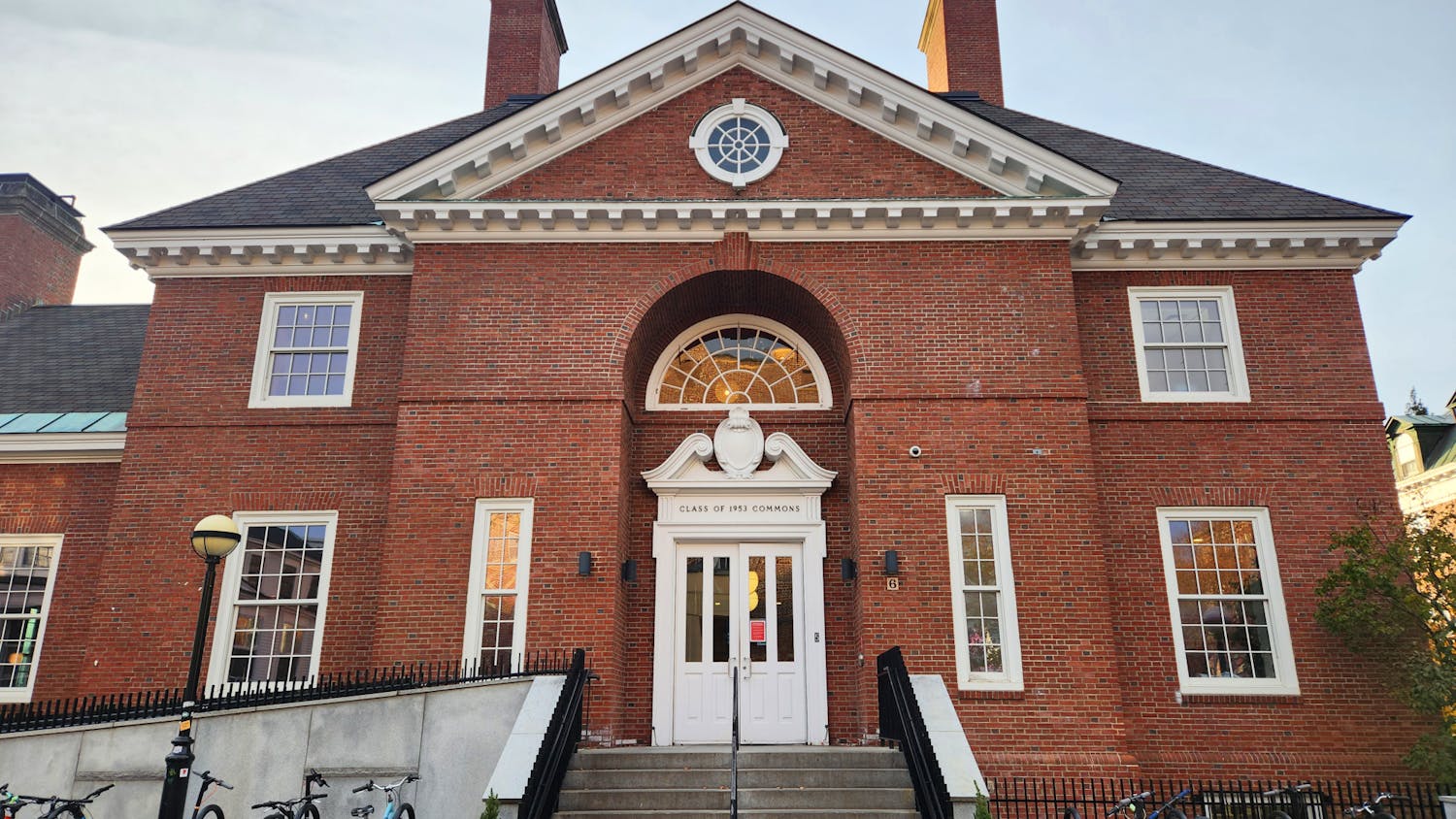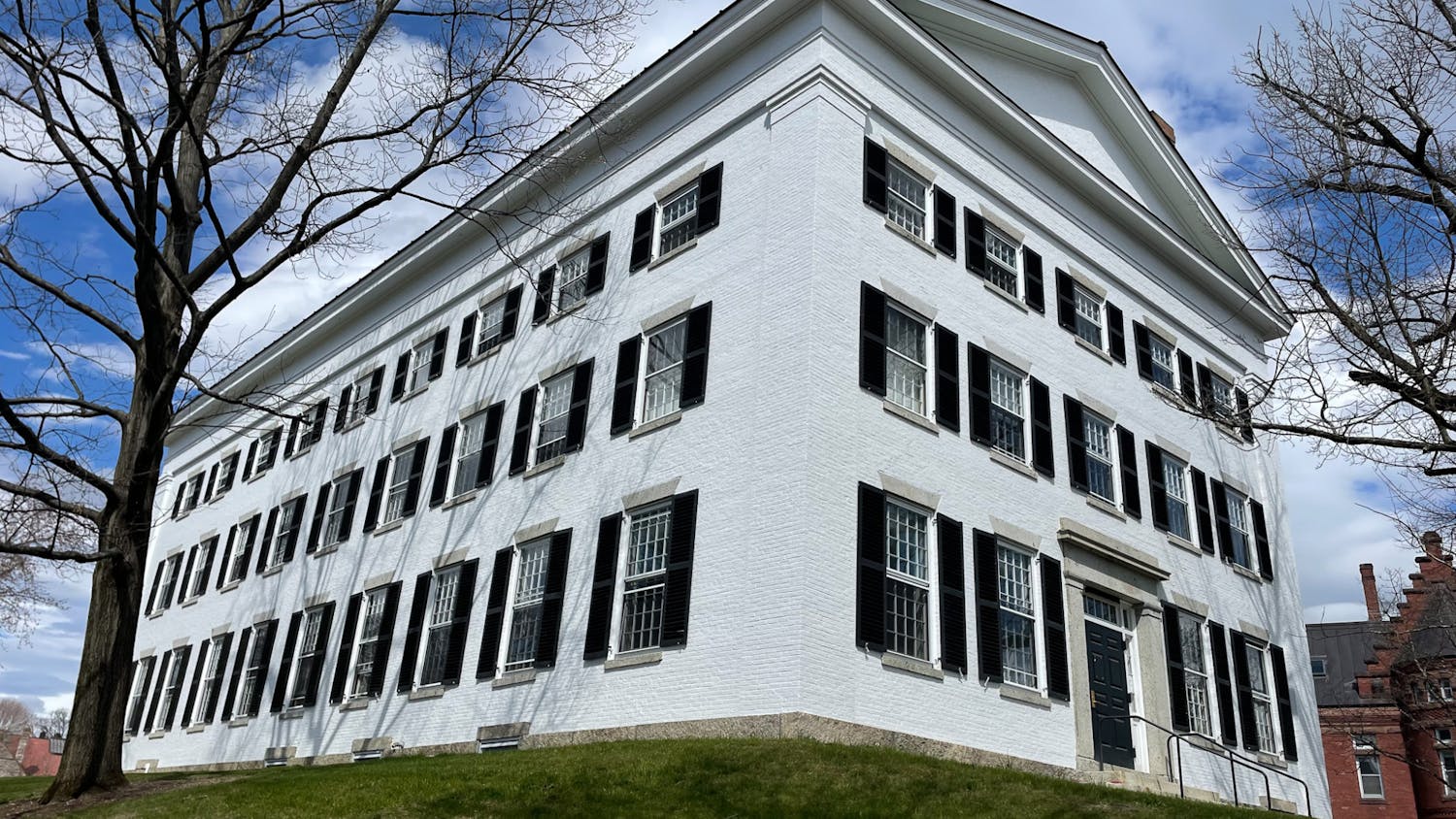While bike riding is a quintessential part of childhood, it can often result in accidents and injury. But what if there was a way to protect children from breakneck speeds?
That was the idea behind “SpeedBreak,” an automatic brake invented by six members of the fall section of Engineering Sciences 21, “An Introduction to Engineering,” which provides students with hands-on experience in innovative engineering. The team — comprised of Stephen Crowe ’20, Natalie Garcia ’20, Paula Lenart ’20, Julia Marcotte ’20, Alexandra Stasior ’20 and Cameron Strong ’20 — created a bike emergency brake which uses centrifugal force to cap the maximum speed of a bicycle.
“[We] did a little bit of research and realized how many accidents happen because children just can’t control their bicycles,” Lenart said. “Small children cannot use a hand brake because they are not as coordinated as adults, so we tried to come up with a solution which does not require too much expertise for children” she added.
The brake involved a stationary ring attached to a bike frame, which has T-shaped brake pads attached to its springs. As the wheel spins faster, the springs allow the pads to touch the ring. The resultant friction then slows the wheel.
The team won the Jackson Prize for its invention, an award given at the end of the course for the best overall performance and functionality of prototype inventions. Following its success, the SpeedBreak team filed a patent for their invention with support from Dartmouth Entrepreneurial Network director Jamie Coughlin.
“The idea for a centrifugal brake is not new, but no one applied it to bicycles before,” Lenart explained.
The only safety breaking systems that exist in the current market require either the rider to control the brake or parents to remotely do so, she added.
Marcotte said that when their product testing on Tuck Drive was successful, it was one of the most exciting moments of her life.
A board of six engineering professors and Thayer School of Engineering experts chose the winner based on a set of six criteria including design, functionality and sophistication. Past winning inventions have included IceTrax, which added wheel covers for wheelchairs to ease usage in ice and a pneumatic fire hydrant cover that clears snow from fire hydrants.
“This class is really about the engineering process and how to turn an idea into something that can actually be made,” said Ulrike Wegst, an engineering professor who has been teaching the class since 2013.
Prior to the project, the class was divided into groups, and each group identified a problem or need that they would then work to solve through engineering, Lenart said. The groups then spent time observing people in order to identify needs, which lead to their innovative projects.
“When you’re specifically looking for a sign of struggle, you realize how often throughout the day there are little things that set people back,” Garcia added.
While brainstorming, Marcotte said the professors taught the groups to examine ideas through matrices that weighed different variables like morality, feasibility, legality and safety. Students aim to develop these ideas over the course of the term.
Many students expressed hopes to continue their work beyond the class.
“What we have [at the end of the 10 weeks] is really proof of concept,” Marcotte said.
If the group were to develop their concept outside of the class, the members agreed that they would need to change the product, specifically the materials used.
Data obtained through user surveys showed that consumers were willing to pay around $50 for the brake, which cost around $100 to make. Price was not originally a barrier because during the course, Thayer machine shop instructors provided necessary materials without disclosing the prices, Garcia said.
In addition to bringing down production costs, the group aims to improve the ease of installment and speed, which could be adjusted through the ring size and strength of the spring.
“It [currently] works at eight [miles per hour], which is not exactly the best for the age group,” Lenart said. “We want it to be 15 mph.”
Garcia also said that in addition to helping pay patent charges, DEN offered to fund at least part of the project should the group choose to continue its work. Members hope to receive funding from Thayer as well.
In addition to their product, the students are leaving the class with a clearer conviction of what it means to be an engineer.
“I think that it really reassured me that engineering is what I want,” Marcotte said. “Because up until this point I’d taken the physics, I’d taken the math, I’d taken ENGS 20, but I hadn’t had hands-on engineering experience, so I was really just thinking about it as a hypothetical.”




